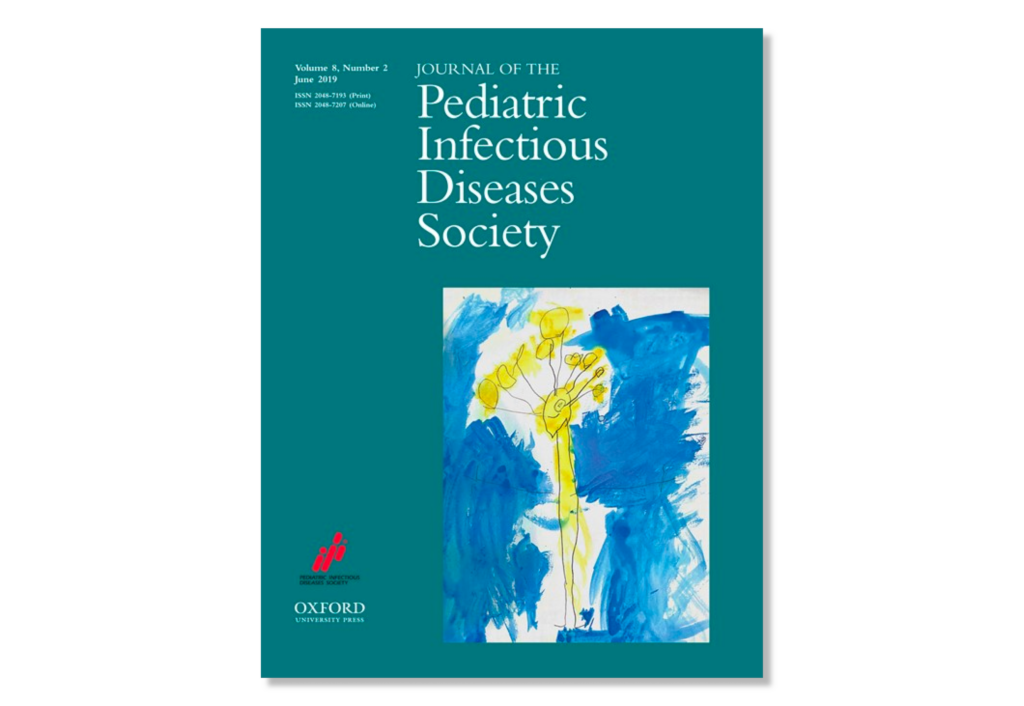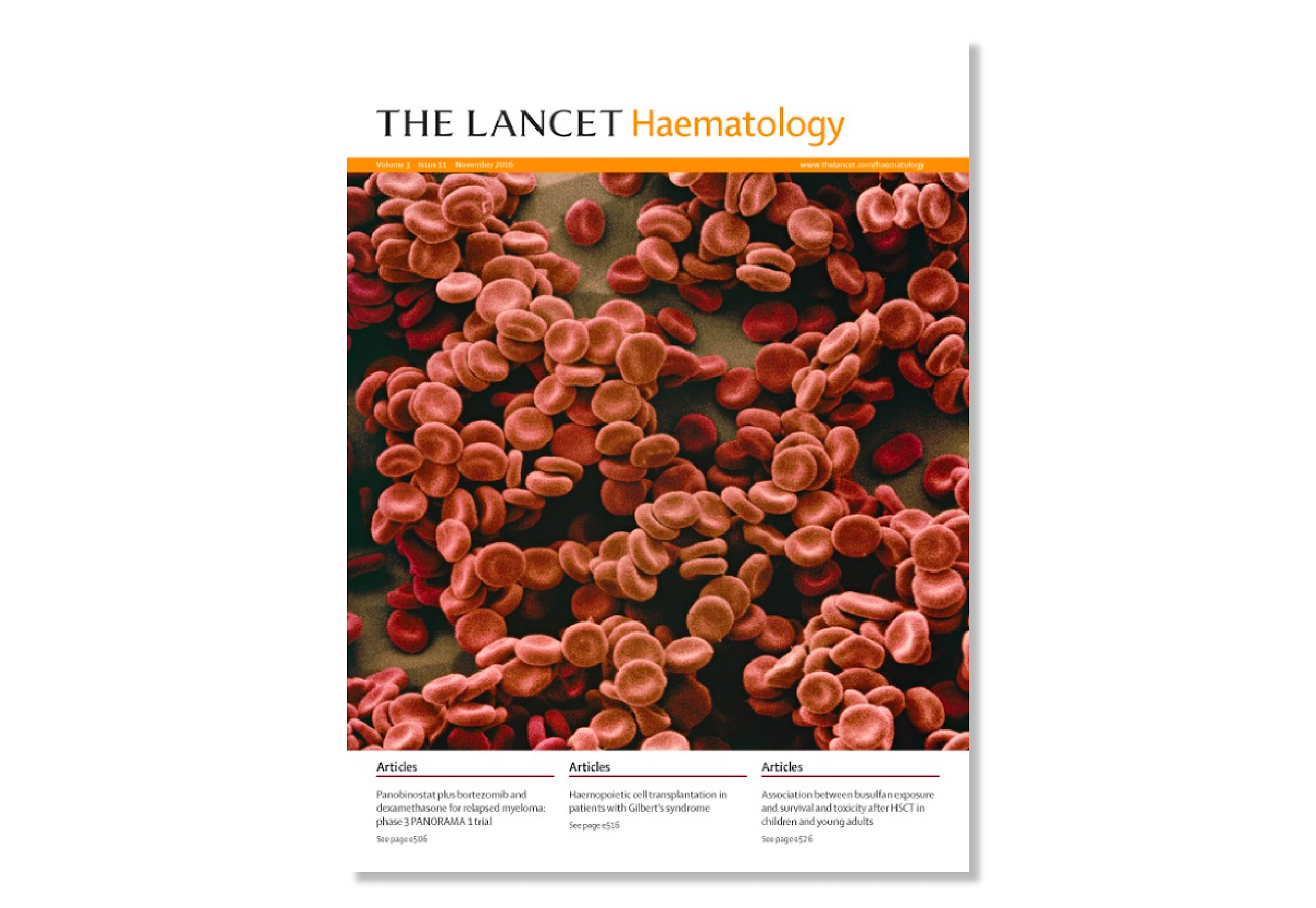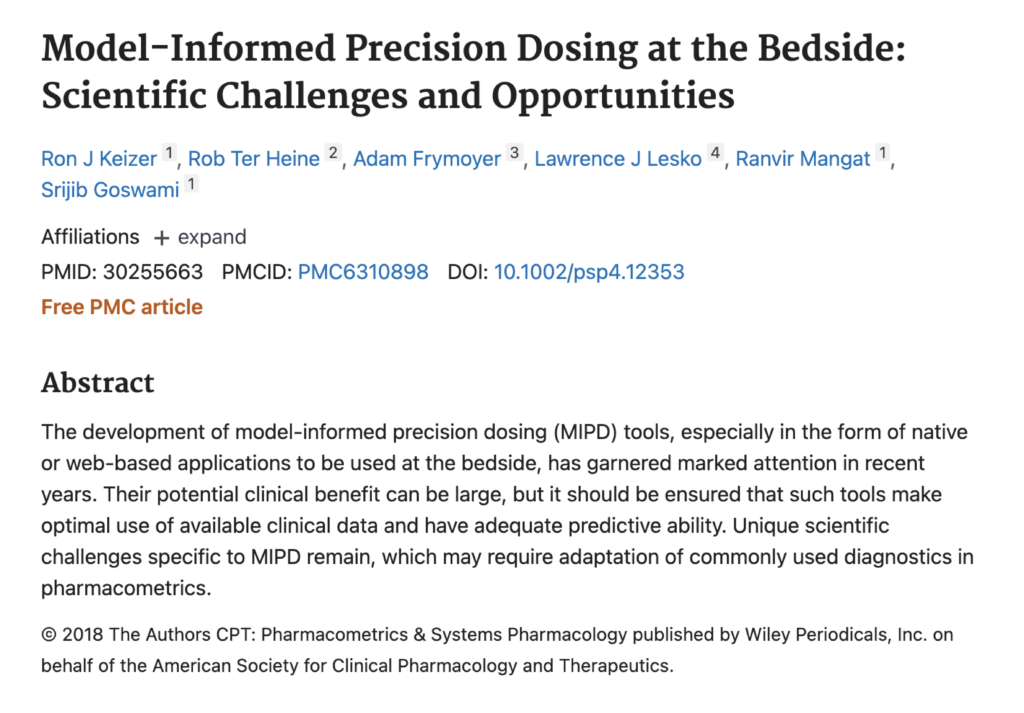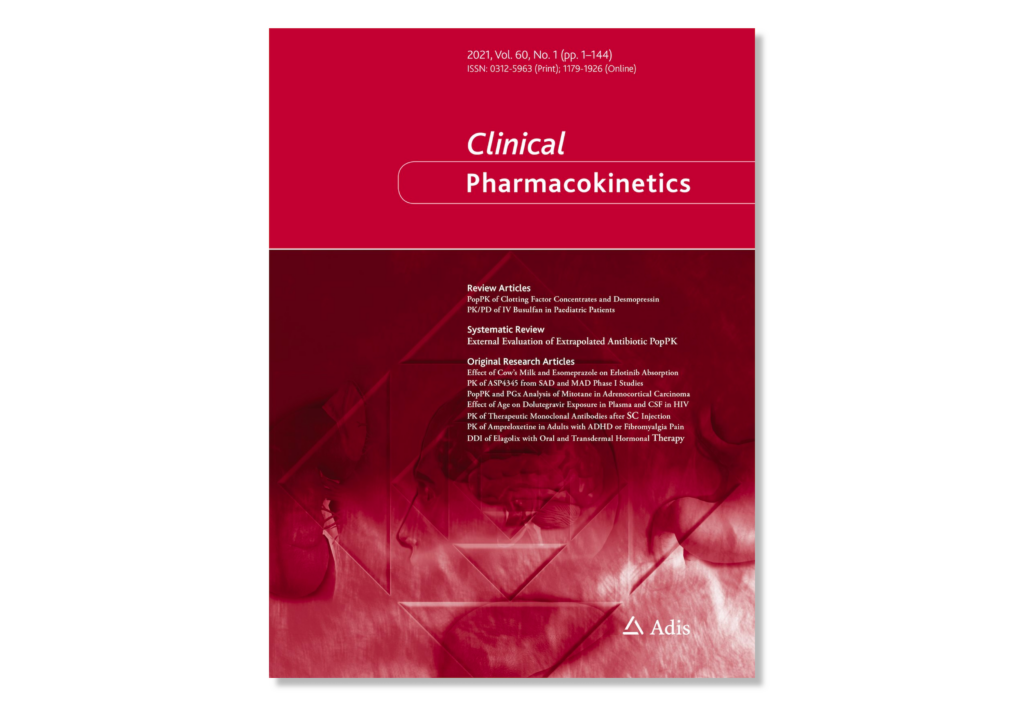

Association of Busulfan Exposure With Survival and Toxicity After Haemopoietic Cell Transplantation in Children and Young Adults: a Multicentre, Retrospective Cohort Analysis
Abstract
Background: Intravenous busulfan combined with therapeutic drug monitoring to guide dosing improves outcomes after allogeneic haemopoietic cell transplantation (HCT). The best method to estimate busulfan exposure and optimum exposure in children or young adults remains unclear. We therefore assessed three approaches to estimate intravenous busulfan exposure (expressed as cumulative area under the curve [AUC]) and associated busulfan AUC with clinical outcomes in children or young adults undergoing allogeneic HCT.
Methods: In this retrospective analysis, patients from 15 centres in the Netherlands, USA, Canada, Switzerland, UK, Italy, Germany, and Australia who received a busulfan-based conditioning regimen between March 18, 2001, and Feb 12, 2015, were included. Cumulative AUC was calculated by numerical integration using non-linear mixed effect modelling (AUCNONMEM), non-compartmental analysis (AUC from 0 to infinity [AUC0-∞] and to the next dose [AUC0-τ]), and by individual centres using various approaches (AUCcentre). The main outcome of interest was event-free survival. Other outcomes of interest were graft failure or relapse, or both; transplantation-related mortality; acute toxicity (veno-occlusive disease or acute graft versus-host disease [GvHD]); chronic GvHD; overall survival; and chronic-GvHD-free event-free survival. We used propensity-score-adjusted Cox proportional hazard models, Weibull models, and Fine-Gray competing risk regressions for statistical analyses.
Findings: 790 patients were enrolled, 674 of whom were included: 274 (41%) with malignant and 400 (59%) with non-malignant disease. Median age was 4·5 years (IQR 1·4-10·7). The median busulfan AUCNONMEM was 74·4 mg × h/L (95% CI 31·1-104·6), which correlated with the standardised method AUC0-∞ (r2=0·74), but the latter correlated poorly with AUCcentre (r2=0·35). Estimated 2-year event-free survival was 69·7% (95% CI 66·2-73·0). Event-free survival at 2 years was 77·0% (95% CI 72·1-82·9) in the 257 patients with an optimum intravenous busulfan AUC of 78-101 mg × h/L compared with 66·1% (60·9-71·4) in the 235 patients at the low historical target of 58-86 mg × h/L and 49·5% (29·2-66·0) in the 44 patients with a high (>101 mg × h/L) busulfan AUC (p=0·011). Compared with the low AUC group, graft failure or relapse occurred less frequently in the optimum AUC group (hazard ratio [HR] 0·57, 95% CI 0·39-0·84; p=0·0041). Acute toxicity (HR 1·69, 1·12-2·57; p=0·013) and transplantation-related mortality (2·99, 1·82-4·92; p<0·0001) were significantly higher in the high AUC group (>101 mg × h/L) than in the low AUC group (<78 mg × h/L), independent of indication; no difference was noted between AUC groups for chronic GvHD (<78 mg × h/L vs ≥78 mg × h/L, HR 1·30, 95% CI 0·73-2·33; p=0·37).
Interpretation: Improved clinical outcomes are likely to be achieved by targeting the busulfan AUC to 78-101 mg × h/L using a new validated pharmacokinetic model for all indications.
Funding: Research Allocation Program and the UCSF Helen Friller Family Comprehensive Cancer Center and the Mt Zion Health Fund of the University of California, San Francisco.
Bartelink IH, Lalmohamed A, van Reij EM, Dvorak CC, Savic RM, Zwaveling J, Bredius RG, Egberts AC, Bierings M, Kletzel M, Shaw PJ, Nath CE, Hempel G, Ansari M, Krajinovic M, Théorêt Y, Duval M, Keizer RJ, Bittencourt H, Hassan M, Güngör T, Wynn RF, Veys P, Cuvelier GD, Marktel S, Chiesa R, Cowan MJ, Slatter MA, Stricherz MK, Jennissen C, Long-Boyle JR, Boelens JJ. Association of busulfan exposure with survival and toxicity after haemopoietic cell transplantation in children and young adults: a multicentre, retrospective cohort analysis. Lancet Haematol. 2016 Nov;3(11):e526-e536. doi: 10.1016/S2352-3026(16)30114-4. Epub 2016 Oct 13. PMID: 27746112; PMCID: PMC5159247 https://pubmed.ncbi.nlm.nih.gov/27746112/

